Herbs you should never plant together – avoid these combinations to ensure a thriving herb garden
Don't make these plants neighbours...

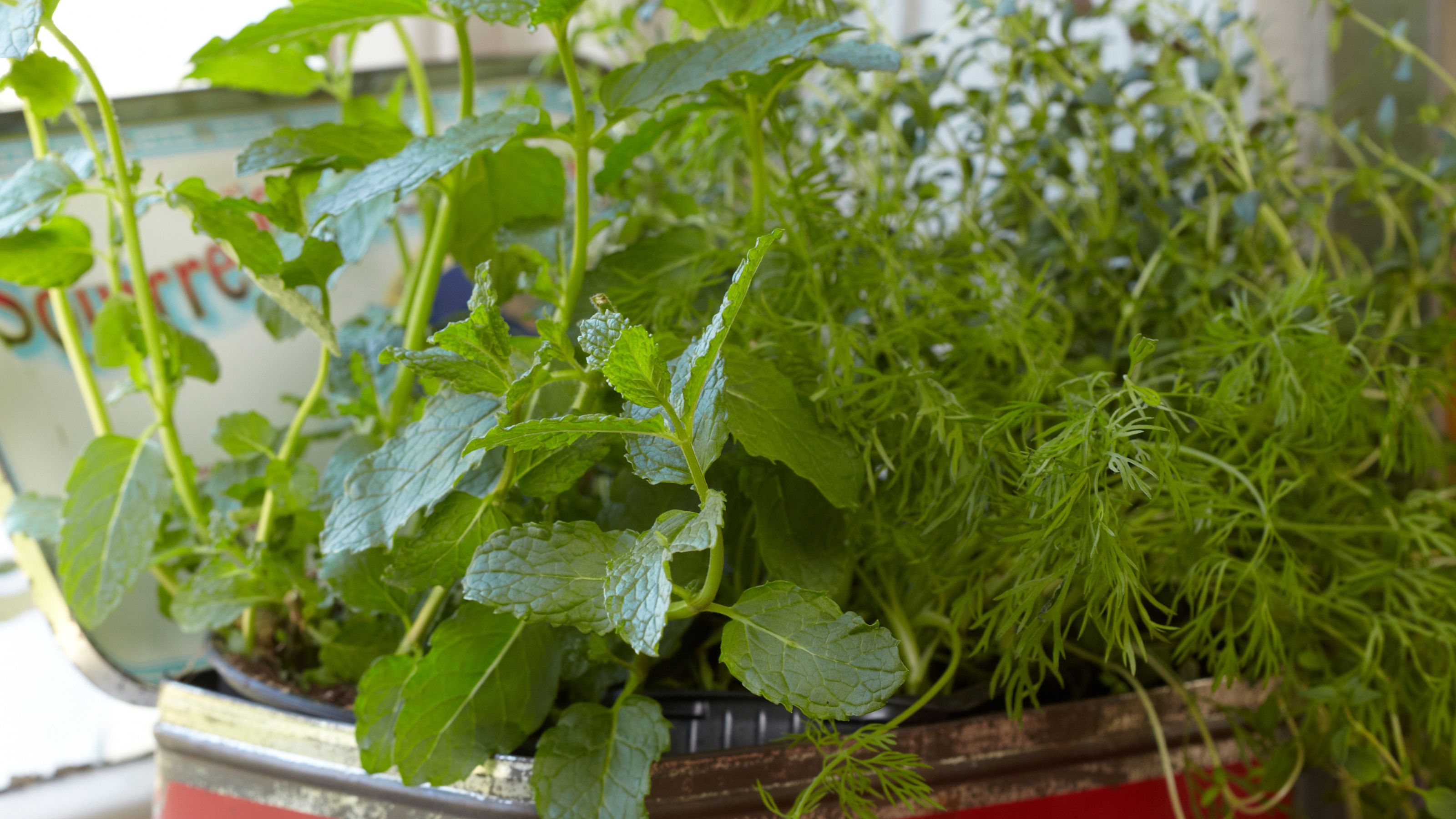
If you're new to growing herbs, it's a good idea to get familiar with the herbs you should never plant together.
Sure, there are plenty of herbs you should plant together – but what about those that are incompatible? Varying needs and growth rates can make living together challenging, to say the least.
That’s why I checked in with the experts to find out which herbs you should never plant together (if you want a productive herb garden!).
1. Mint with... any other herb!
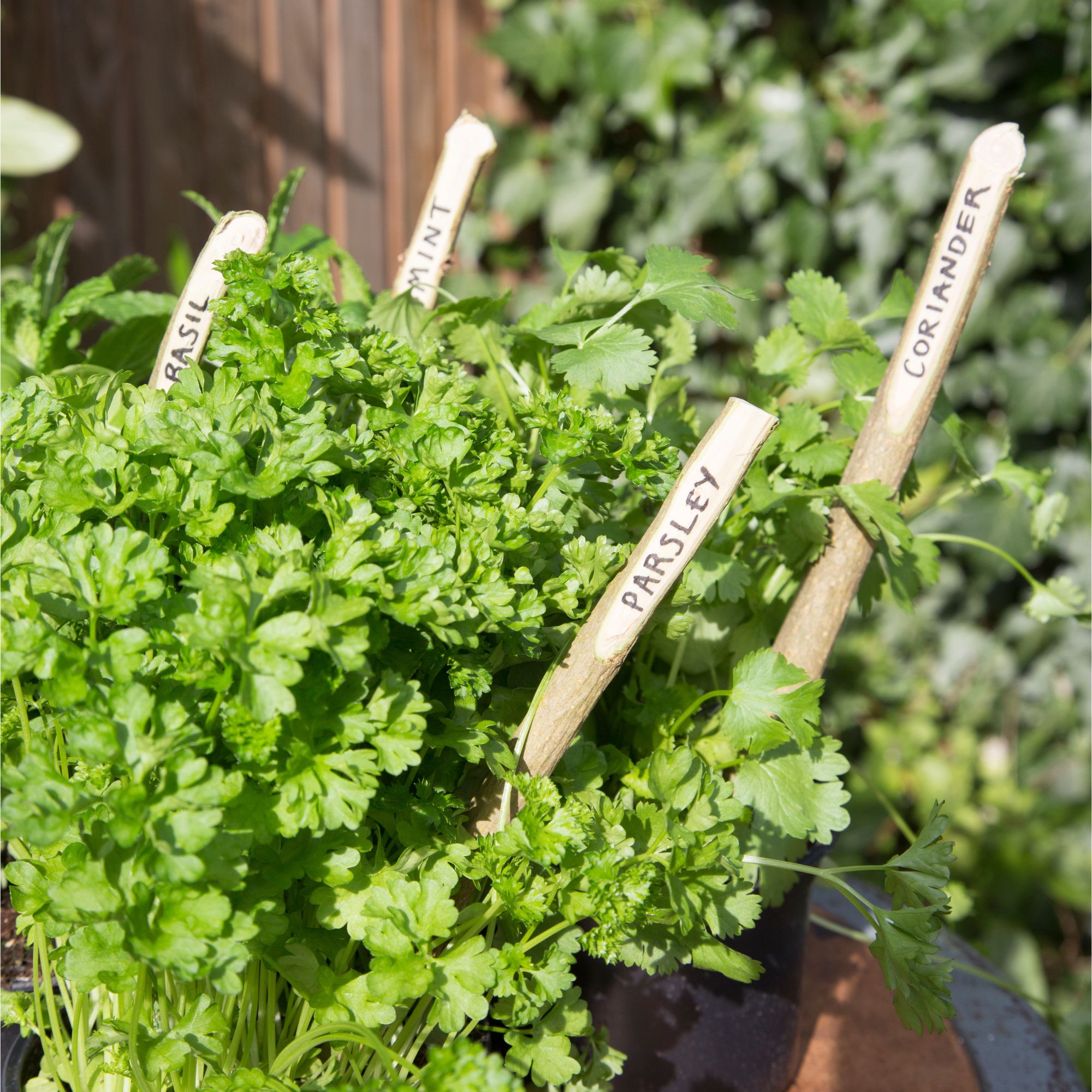
Mint grows fast, so it's a strong competitor for other herbs – a bit too strong!
That makes learning how to grow mint from seed a piece of cake, but it's perhaps the most obvious example of herbs you should never plant together with other varieties.
‘Mint will take over anything growing nearby, so it’s best to keep it in its own pot,’ warns Liam Cleary, outdoor plants expert at Old Railway Line Garden Centre.
Figuring out how to grow mint in a pot will keep it from overtaking your borders, but try to keep other herbs out of the equation.
Sign up to our newsletter for style inspiration, real homes, project and garden advice and shopping know-how
‘Mint prefers rich, damp soil and spreads fast, often aggressively, so keep it in its own container,’ agrees gardening expert and author Sarah Raven.
Where to buy mint plants:
- B&Q: Buy a mint plant in a pot for £14.99.
- Crocus: Order spearmint seeds for £2.99.
2. Fennel and other herbs
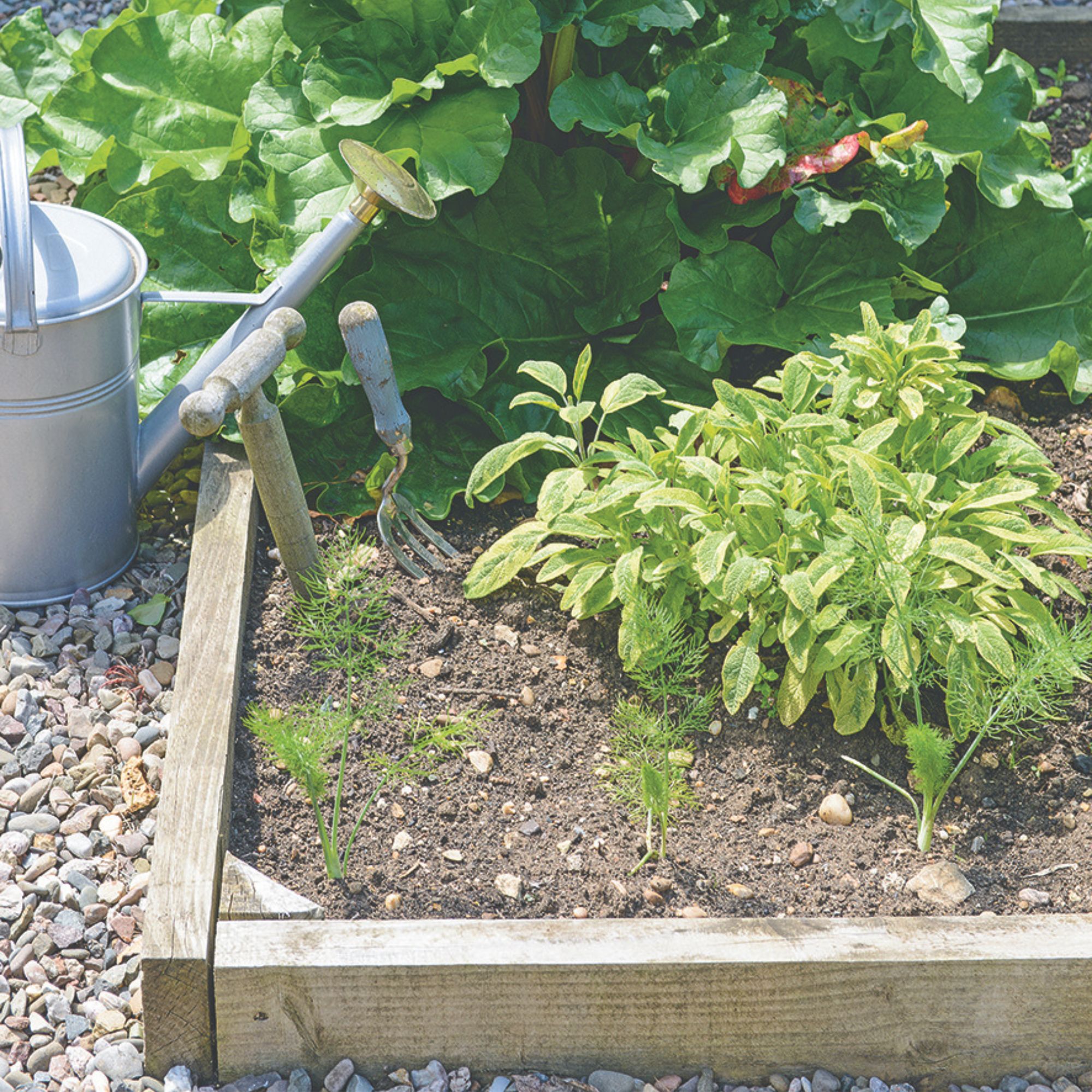
Mint isn’t the only herb you should never plant with other herbs – fennel can hamper the growth of other plants, too.
‘Fennel should be grown away from other herbs due to its allelopathic properties, meaning it releases biochemicals into the soil that inhibit the growth of neighbouring plants and could potentially impact the development of other herbs around it,’ explains Julian Palphramand, head of plants at British Garden Centres.
Actually, fennel isn’t the only herb that can have this effect on other plants.
‘Dill and coriander release natural chemicals from their roots and leaves that can inhibit the germination of nearby plants,’ says Annelise Brilli, Thompson & Morgan’s horticultural expert. ‘To avoid problems, keep them separate from herbs grown from seed.’
Where to buy fennel:
- Thompson & Morgan: Fennel seeds are on sale for just 89p.
- Crocus: Buy a fennel plant for £7.99.
3. Basil and rosemary
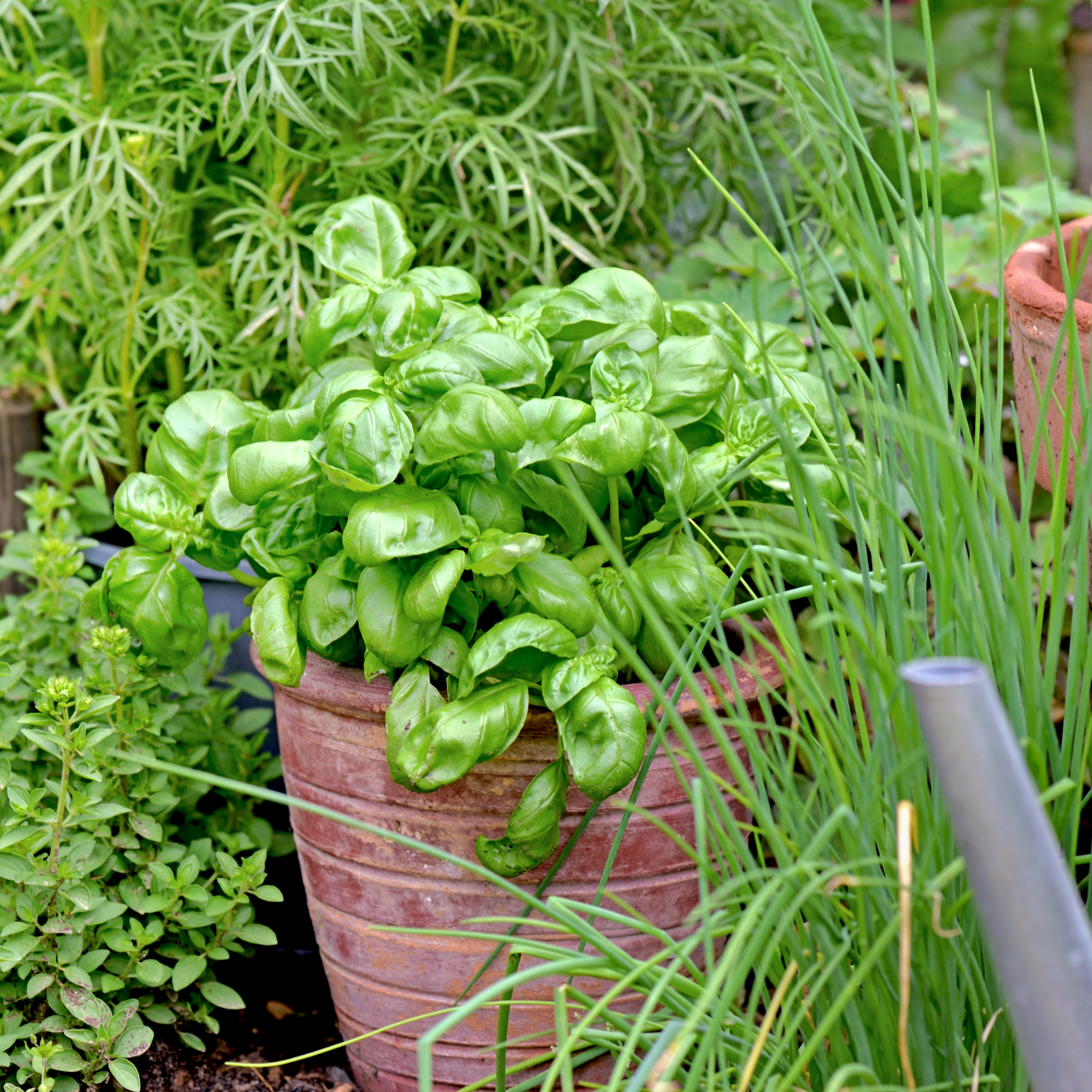
It’s always a good idea to plant herbs with similar needs together for easier care - you’ll be able to water one without over- or under-watering the other, for example.
When herbs have clashing requirements, though, it can be tricky to grow them successfully in the same container or bed.
‘Basil and rosemary are not good bedfellows, as rosemary likes it dry, while basil needs a lot of water,’ explains Sarah Raven.
You'll have better luck learning how to grow basil indoors and growing rosemary individually.
Where to buy basil and rosemary:
- B&Q: Grab a rosemary plant in a terracotta pot for £14.99.
- Amazon: Order Mr Fothergill's Basil 'Sweet' seeds for just £2.50.
4. Mint and chamomile
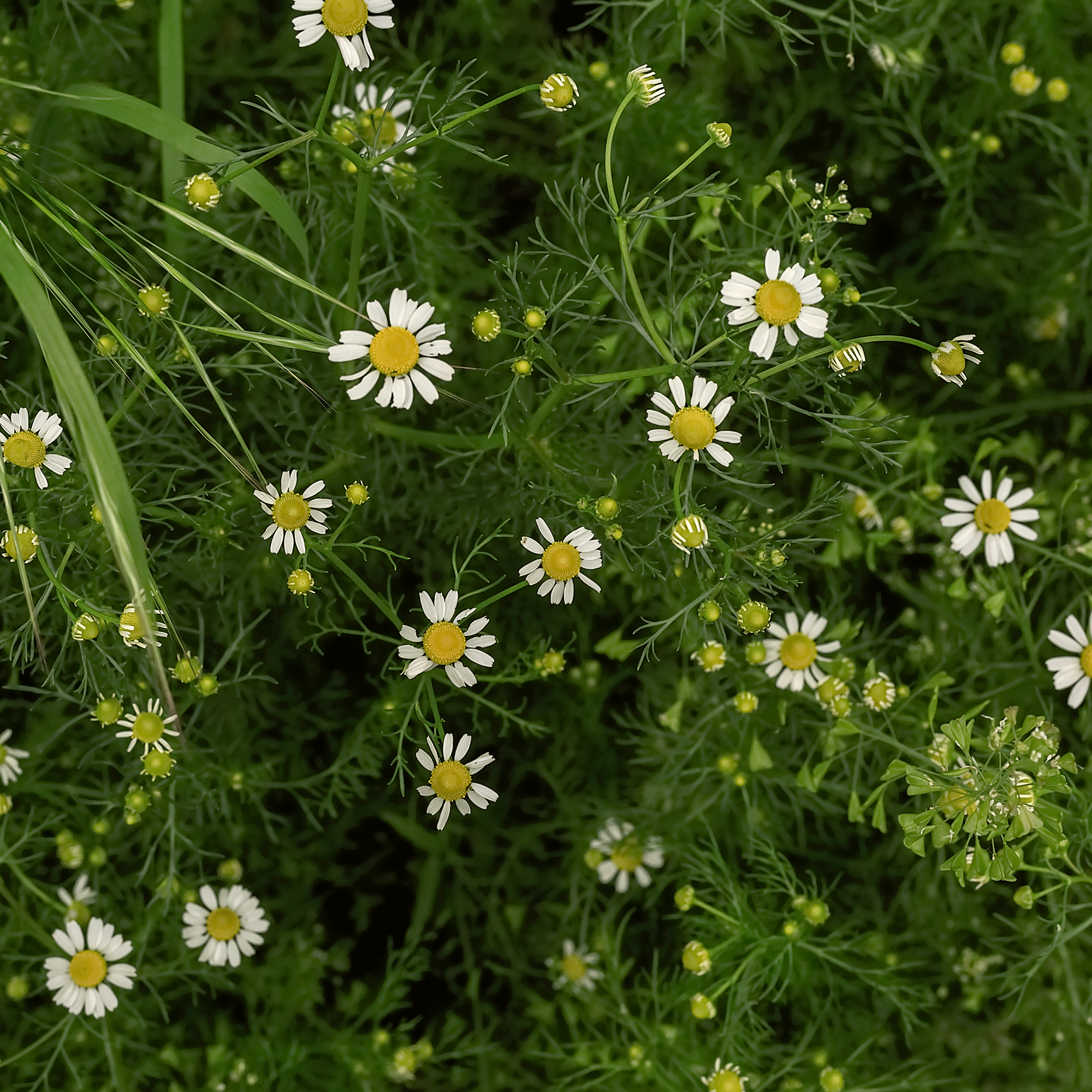
Mint and chamomile are other great examples of herbs you should never plant together, because one can hinder the growth of the other.
'Chamomile can suppress the fragrance and essential oil production of mint, resulting in a less aromatic plant,' explains Julian from British Garden Centres.
Chamomile is one of the best native plants that help prevent weeds, though, so it's beneficial in the garden. You could even embrace a wilder planting scheme by learning how to grow a chamomile lawn.
Where to buy chamomile seeds:
- Thompson & Morgan: At just 89p, these chamomile seeds are great for garden borders.
- Sarah Raven: Buy three pots of Roman chamomile for £12.95.
5. Coriander and lavender
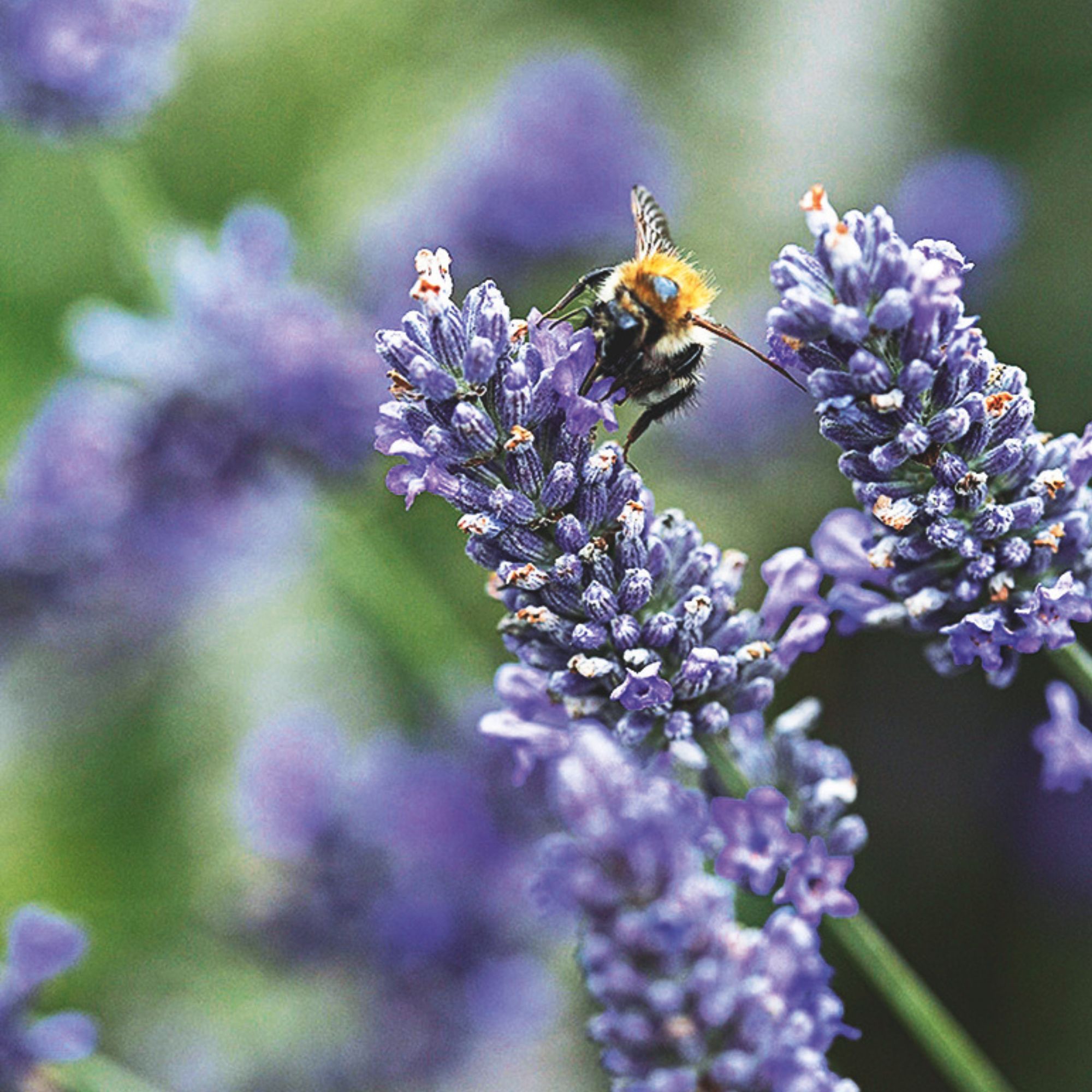
Coriander and lavender have clashing soil requirements, so they're best planted separately (or with herbs with similar needs).
'Coriander likes moist soil, while lavender prefers it dry, so they’re better off kept separately,' says Liam from the Old Railway Line Garden Centre.
It's well worth learning how to grow coriander in pots for tasty ingredients for the kitchen. If you're looking for garden fragrance, consider growing lavender in pots or borders.
Where to buy coriander and lavender plants:
- Sarah Raven: Take 60% off these Lavandula angustifolia 'Blue Spear' tray plants for £5.98.
- Gardening Express: Order Lavendula angustifolia 'Hidcote' for £14.99 right now.
So, those are some of the top examples of herbs you should never plant together. Avoid those, and you should have more success with your herb garden!
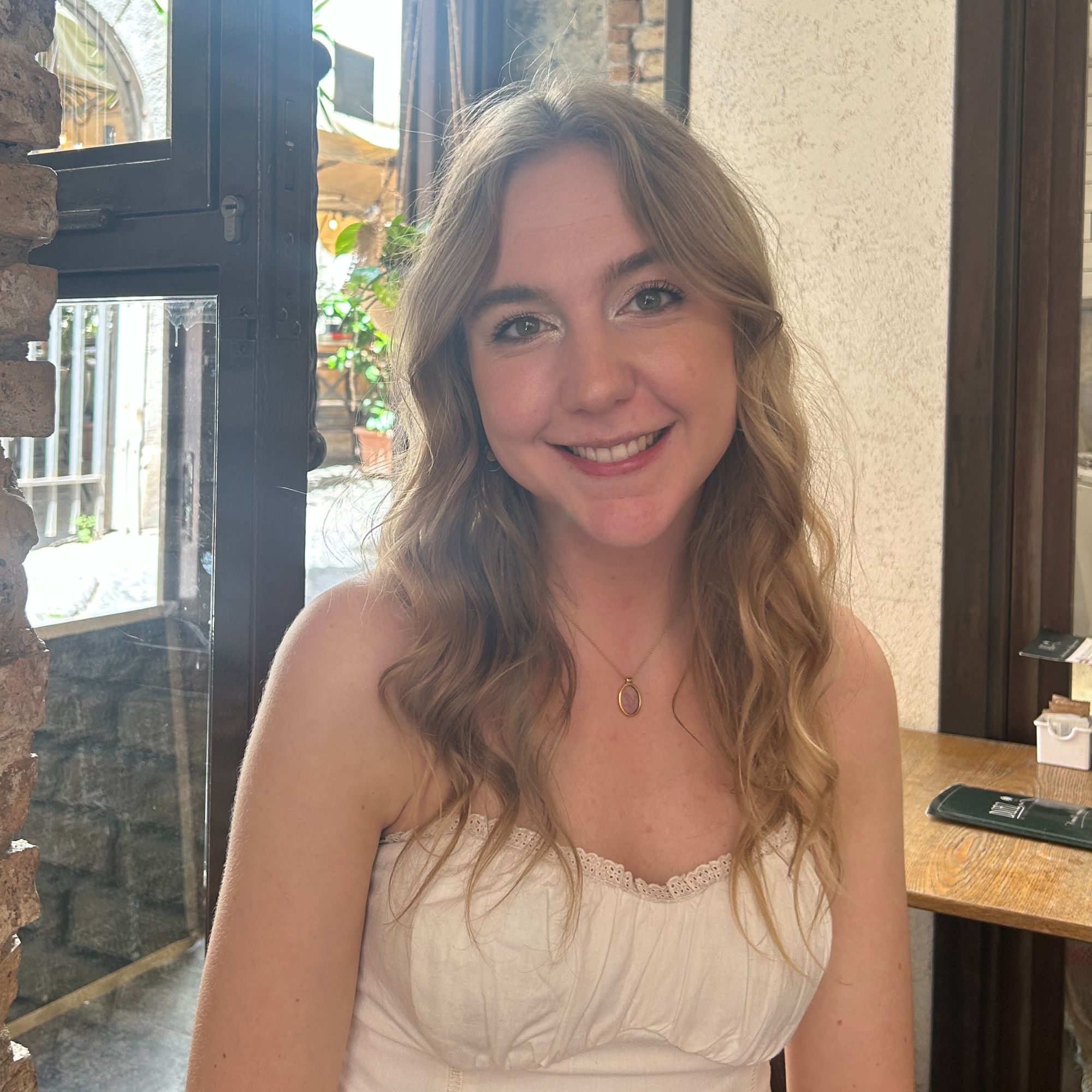
Sophie joined the Ideal Home team as Gardens Editor in June 2024. After studying English at Royal Holloway, University of London, she began writing for Grow Your Own, which spurred on her love of gardening. She's tried growing almost every vegetable under the sun, and has a soft spot for roses and dinnerplate dahlias.
As Gardens Editor, Sophie's always on the lookout for the latest garden trend. She loves sharing growing hacks for every space, from herbaceous borders to balconies.